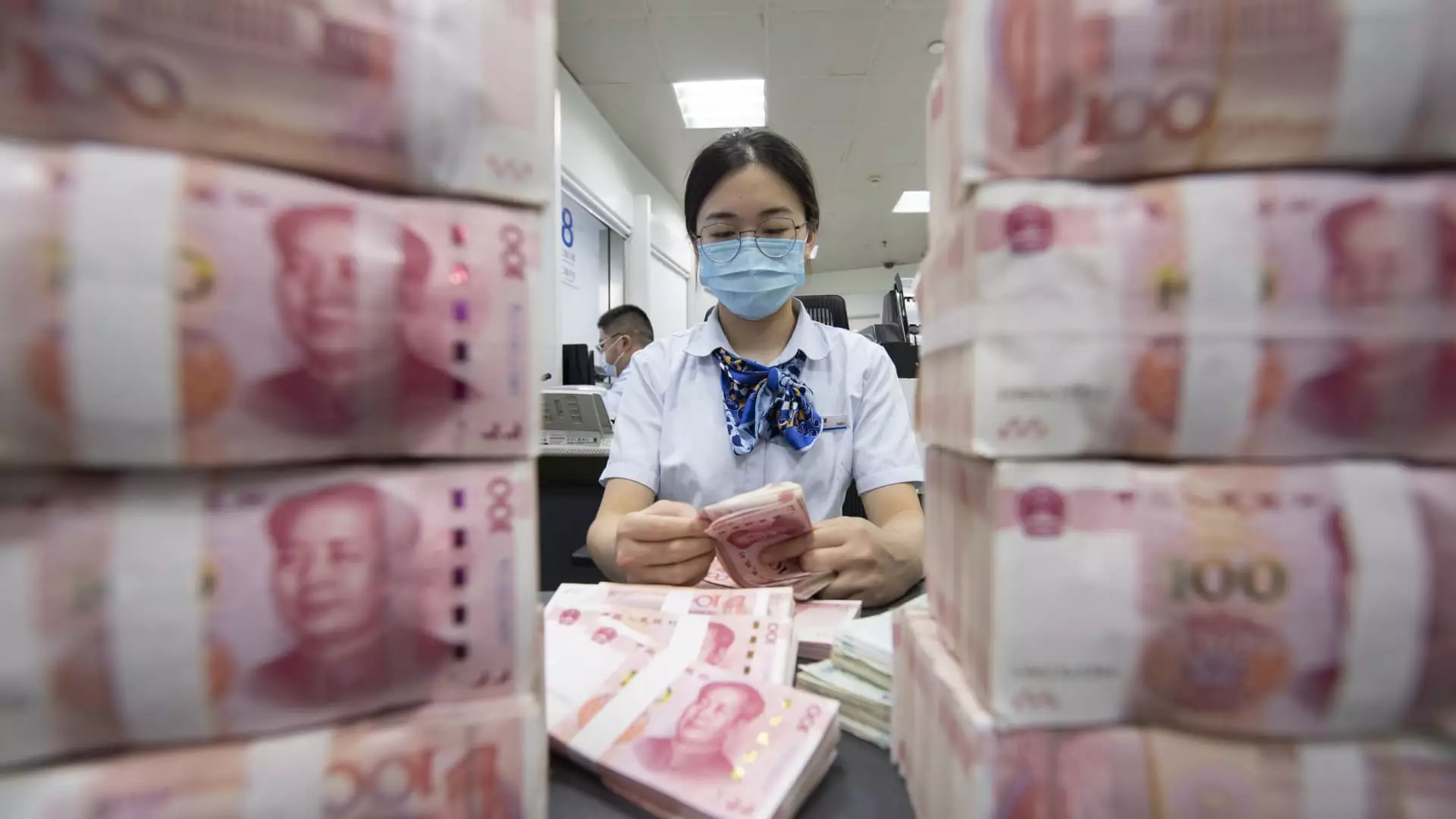Over the last decade, the financial landscape for the super-wealthy has shifted dramatically, with a notable expansion in the population of centimillionaires worldwide. Centimillionaires are defined as individuals possessing at least $100 million in investable wealth. The latest data compiled by New World Wealth, alongside insights from investment migration advisor Henley & Partners, reveals that the global cohort of centimillionaires surged by an impressive 54%, totaling approximately 29,350 individuals. This growth is particularly pronounced in China and the United States, suggesting that both nations are emerging as dominant forces in the global wealth arena.
China’s ascent to a leading position in the centimillionaire ranks has been nothing short of extraordinary. The report cites that China’s population of centimillionaires skyrocketed by an astonishing 108% over the past ten years, dwarfing the 81% growth observed in the U.S. Central to this rapid increase in wealth is the rise of technology entrepreneurs and industrial magnates within the country. Currently, there are about 2,350 centimillionaires residing in China, demonstrating a meteoric rise in ultra-wealth during a relatively short timeframe.
However, this rapid expansion raises questions about sustainability. Despite significant growth in wealth concentration, China’s economy has faced headwinds in recent years, most notably due to challenges in the property sector, stagnant unemployment rates, and a drop in domestic consumption. Andrew Amoils, a wealth analyst at New World Wealth, notes that while the peak of wealth accumulation was witnessed between 2013 and 2020, the rate of growth for ultra-rich individuals has significantly stalled since then, with only a 10% increase recorded post-2020.
In light of these complications, cities that are considered emerging tech hubs, such as Hangzhou and Shenzhen, have been identified as potential hotspots for future wealth creation. The report highlights these cities as being “poised for exceptional growth of over 150%” in centimillionaire populations by 2040. Hangzhou and Shenzhen are outpacing national economic growth, with annual GDP growth rates of 6.9% and 5.9%, respectively, particularly bolstered by their strong industrial sectors.
Analysts expect robust growth in China’s centimillionaire population in the coming years, estimating an increase of between 80% to 100% by 2040. This projection underscores a belief in the resilience of Chinese cities to attract and retain wealth, despite the current economic challenges.
On a global scale, both the U.S. and China are anticipated to outperform the average 75% growth rate in centimillionaire populations expected worldwide by 2040. In contrast, more established wealth centers such as Zurich and Chicago are projected to see growth lower than 50%. This trend may be attributed to stagnating economic advancements in major European markets, which have faced challenges in scaling their wealth tiers due to slow progress in pivotal regions like Germany, France, and the U.K.
However, contrasting this narrative, smaller European nations such as Malta and Montenegro have seen notable growth in their centimillionaire demographics, showcasing that wealth opportunities are sprouting even in less traditional markets.
The Influence of Political Climate on Wealth Mobility
The dynamic of wealth accumulation is also inextricably linked to the political climate. In the United States, the growth of centimillionaires may hinge upon the upcoming presidential elections. The varying fiscal and economic policies tied to election outcomes may directly influence wealth migration trends. David Young, president of the Committee for Economic Development, suggests that potential changes in policy could dramatically impact wealth mobility patterns among the affluent, as a significant number of wealthy Americans are exploring alternative residency and citizenship options.
In sum, the landscape of ultra-wealth continues to evolve rapidly, with significant disparities emerging between various global regions. While the expansion of centimillionaire populations in the U.S. and China is remarkable, the underlying economic and political factors are essential for understanding the sustainability of this growth. As we look toward the future, it will be critical to monitor how these dynamics unfold, particularly in light of upcoming political developments and their implications for wealth concentration across the globe.

Leave a Reply